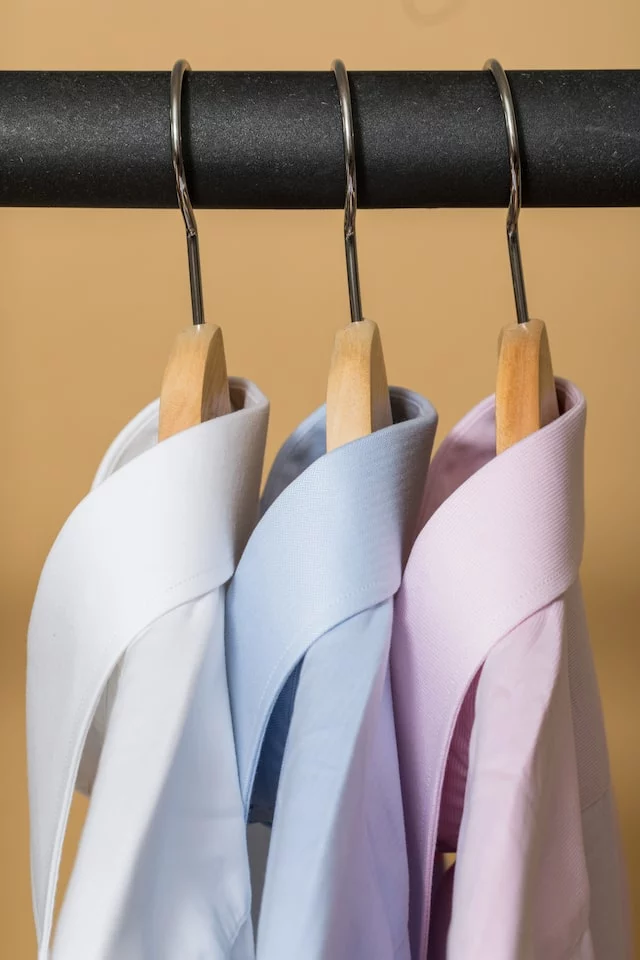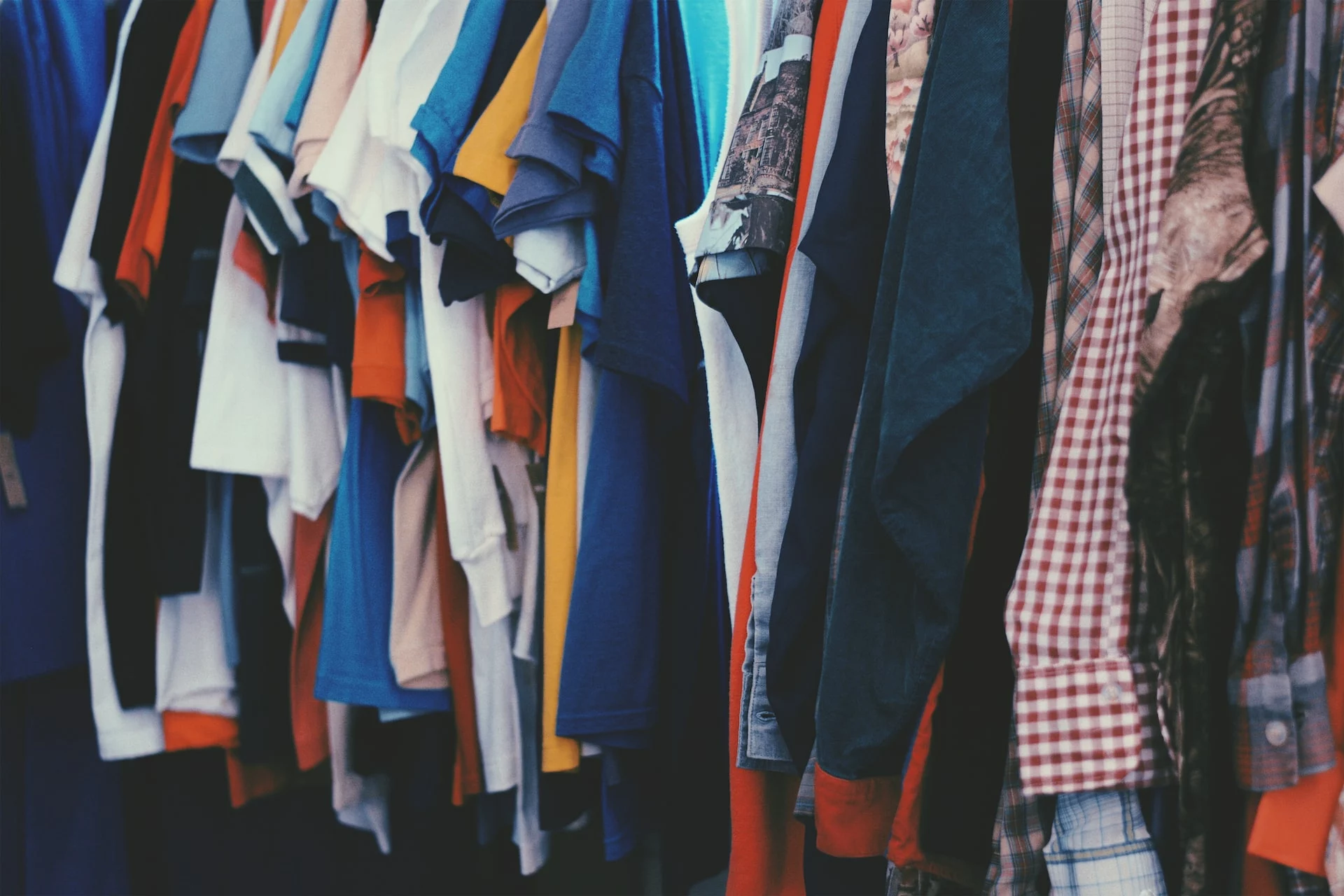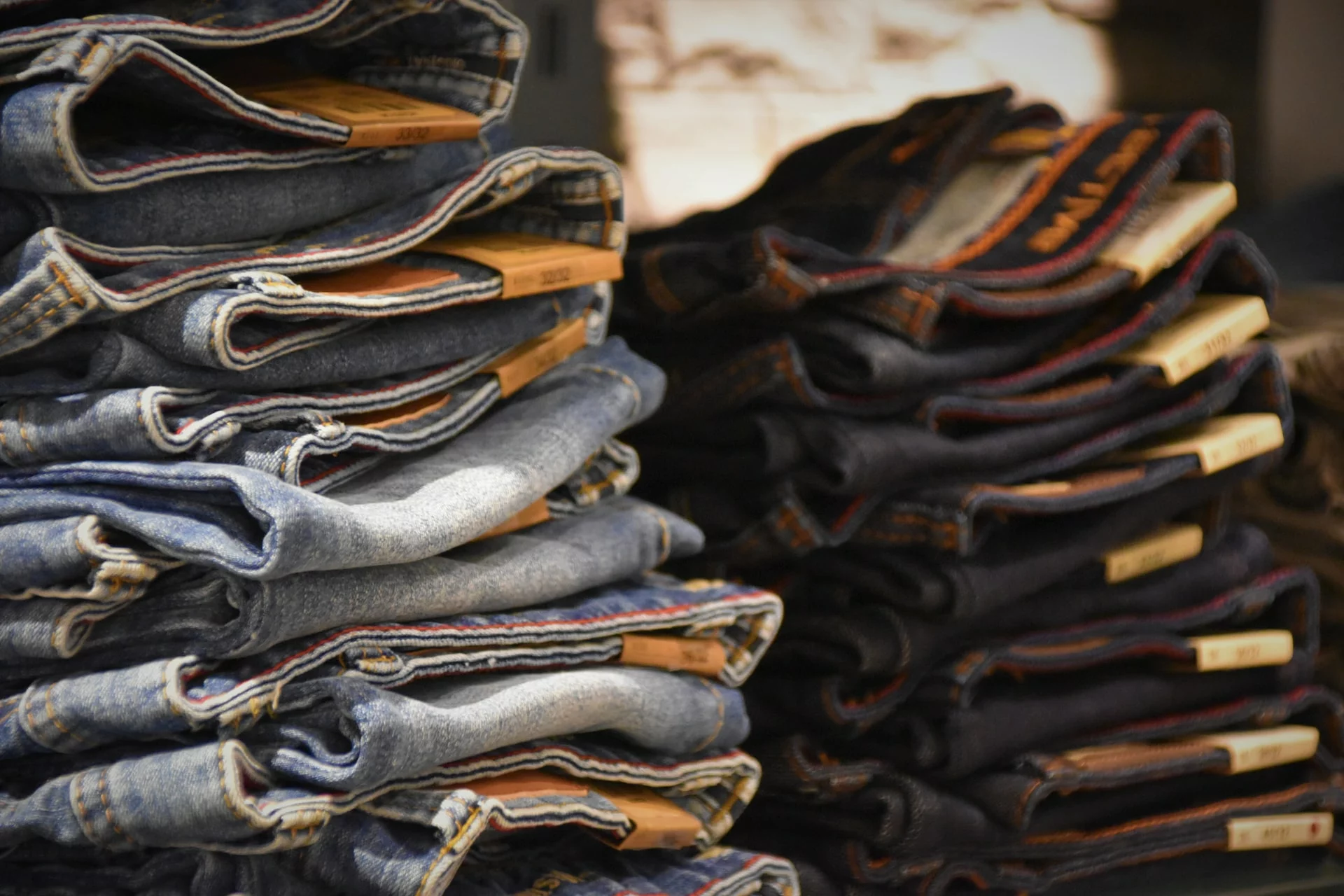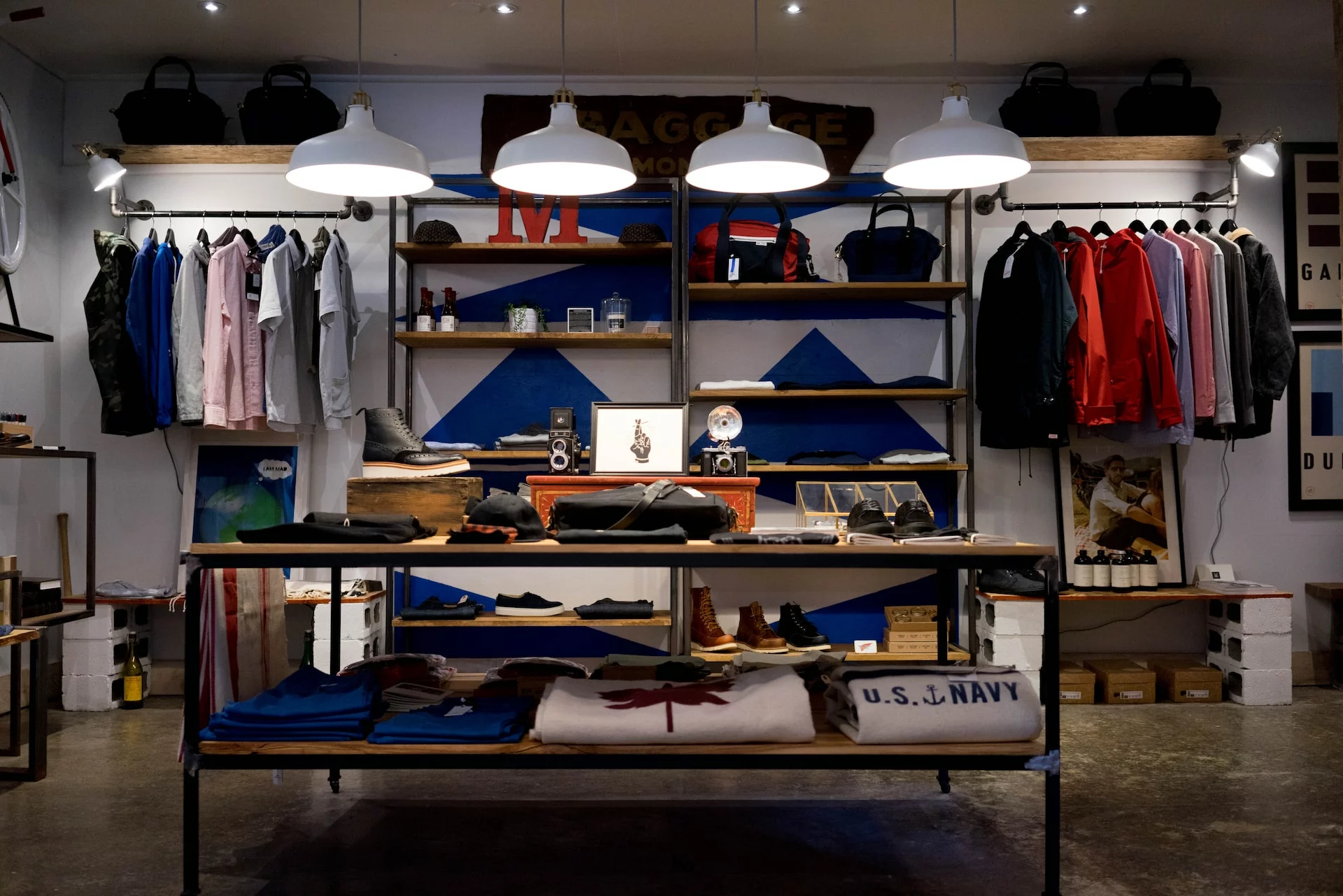Starting a big and tall store is not an easy task. There are so many things to take into account before starting, from the business logistics to what merchandise to stock.
In this post, I’m going to share seven things about opening a big and tall store that I wish I knew before starting out. Hopefully, this information will help you if you’re thinking of opening your own big and tall store.
But first, let’s take a look at the basics of what you’ll need to know. Big and tall stores cater to men who are taller or heavier than the average size. The clothing sizes can range from XLT (extra long t-shirt) up to 8XL (8x extra large). As you can imagine, stocking enough inventory in all these different sizes can be tricky. So it’s important that you do your research and figure out which brands and styles will sell best in your area.

You also need to decide on your pricing strategy – will you be charging more for bigger sizes, or offering discounts? And don’t forget about customer service – make sure your employees are knowledgeable about the products and are ready to help customers find what they’re looking for. Opening a big and tall store can be challenging but it’s definitely worth it when you see those happy customers walking out with a smile on their face!
Let’s explore 7 things I wish I knew before opening a big & tall store:
1. It’s a Niche Market
Before opening my Big & Tall store, I did a lot of research on the clothing industry and the demographics of my potential customer base. However, I quickly learned that the market for Big & Tall clothing is much smaller than I initially thought.
In addition, the majority of Big & Tall customers are already loyal to a few select brands. As a result, I have had to adjust my business model in order to compete in this niche market. While it has been a challenge, I am proud of my store and the products that we offer. I believe that our unique mix of clothing and accessories provides value to our customers and helps us to stand out in a crowded marketplace.
2. You Need to be an Expert in Fit
If you’re thinking of opening a big and tall store, you may be wondering how much expertise you need in the fit of clothes. In order to ensure that your customers are able to find clothing that fits them properly, you’ll need to have a deep understanding of human anatomy and the way that different body types interact with different types of clothes. You’ll also need to be able to make adjustments on the fly, as no two bodies are exactly alike.
In addition, you’ll need to be familiar with the latest trends in fashion so that you can offer your customers clothes that they actually want to wear. With all of this in mind, it’s clear that opening a big and tall store is not a decision to be made lightly. However, if you’re up for the challenge, it can be an extremely rewarding experience.
3. There’s a Lot of Competition Online
Before opening a big and tall store, it’s important to understand the amount of competition that exists online. The market for plus-size clothing is growing, but so is the number of retailers vying for a share of the pie.
In order to succeed, big and tall stores need to offer something unique that sets them apart from the competition. This could be a focus on customer service, an expansive size range, or a curated selection of stylish and fashionable clothing. Whatever the approach, it’s essential to have a clear understanding of the marketplace before diving in headfirst. With careful planning and execution, a big and tall store can find its niche and thrive in the digital age.
4. There’s a Lot of Inventory Management Involved
Big and tall stores are a unique retail experience, offering extended sizing for both men and women. While the format may be familiar to shoppers, the behind-the-scenes operation of these businesses is anything but ordinary. In fact, inventory management is one of the most important—and challenging—aspects of running a big and tall store.
Due to the nature of their size and stock, big and tall stores typically have higher inventory turnover rates than other retail establishments. This means that items are constantly coming in and out of the store, which can create a logistical nightmare for storeowners. In order to keep up with the demand, big and tall stores must have a well-organized inventory system in place. This system should be designed to track incoming shipments, outgoing sales, and any discrepancies between the two. Additionally, storeowners should consider implementing a reordering system that will automatically replenish stock when it starts to run low. By taking these steps, big and tall storeowners can ensure that their inventory is always well-stocked and organized—two essential ingredients for success in the retail world.
5. Dealing with Returns is No Fun
If you’re thinking of opening a big and tall store, be prepared to deal with a lot of returns. It’s no fun, but it’s something you’ll have to get used to. Returns are a fact of life in the retail business, and they can be a real pain. But if you handle them properly, they don’t have to be a nightmare. Here are some tips for dealing with returns:
- Be flexible. Returns are often the result of customer error, so it’s important to be flexible when it comes to handling them. If a customer is unhappy with a purchase, offer to exchange it for something else or give them a refund.
- Be patient. Dealing with returns can be frustrating, but it’s important to remain calm and patient. Remember that the customer is not trying to cause trouble, they’re just trying to get what they want.
- Be organized. Returns can be time-consuming, so it’s important to be organized when dealing with them. Keep track of what’s been returned and why, so you can avoid making the same mistakes in the future.
- Be fair. Returns are often the result of shipping errors or damaged merchandise, so it’s important to be fair when dealing with them. Don’t charge customers for return shipping unless it was their error. And if an item is damaged, offer a discount or replacement instead of a full refund.
- Be prompt. Returns can take up a lot of your time, so it’s important to be prompt when dealing with them. Respond to return requests as quickly as possible, and make sure your return policy is clear and easy to understand.
Dealing with returns is no fun, but if you keep these tips in mind, you’ll be able to handle them like a pro.
6. You Need Good Customer Service Skills
Good customer service is essential for any business, but it’s especially important for a big and tall store. Not only do you need to be able to deal with a wide range of customers, but you also need to be able to handle returns and exchanges smoothly. In addition, you need to be familiar with a wide range of products so that you can help your customers find what they’re looking for.
But most importantly, you need to be patient and understanding. Your customers are likely to be self-conscious about their size, and they may not be used to shopping in a store that specializes in big and tall clothing. So it’s important to take the time to listen to their needs and help them find the right clothes for their body type. If you can provide good customer service, you’ll find that your big and tall store will thrive. It’s vital for you to hire employees for your big & tall store that understand good customer service.
7. People are Picky About Fashion
Before opening my big and tall store, I wish I had known how picky people are about fashion. In retrospect, it seems obvious that people care a lot about their clothes and how they look. But I didn’t really understand the extent to which people would be unwilling to compromise on style. I thought that as long as we had good quality clothes in a variety of sizes, people would be happy.
But I was wrong.
People want clothes that fit their specific taste and style, and they’re not willing to settle for anything less. As a result, we’ve had to be very careful in our curation process, making sure to only carry clothes that meet our customers’ high standards. It’s been a challenge, but it’s one that we’re slowly getting better at. With each passing season, we become more attuned to the unique taste of our clientele and are better able to meet their needs.
Related Big & Tall Shop Articles
8 Secrets to Local Marketing for a Big & Tall Store
Do you have a big and tall store and want to increase your local customers? It’s crucial to stand out within a competitive market by targeting consumers who are willing to purchase your goods. That’s why, if you want success for your store, implementing effective local marketing strategies is key.
How to Find Funding to Start a Big & Tall Store
Do you have a big and tall store idea that you think could be successful? If so, you’re probably wondering how to finance it. Don’t worry − we’ve got you covered. In this blog post, we’ll give you tips on how to find the funding you need to make your dream a reality.
How to Get Your First 100 Customers for Your Big & Tall Store
So you’ve decided to open a big & tall store. Excellent choice! This niche is unexplored by most entrepreneurs and has plenty of room for growth. But now comes the hard part – how do you get your first 100 customers?
How do I start a big & tall store on a low budget?
So you want to start a big and tall store, but you don’t have a lot of money to invest. No problem! With a little bit of planning and some creative thinking, you can get your business up and running without breaking the bank. Here’s how!
6 Ways to Find Employees for Your Big and Tall Store
If you’re looking for reliable and trustworthy employees to help run your big and tall store, look no further! Here are six ways to find the perfect candidates for the job.
5 Mistakes Big & Tall Store Entrepreneurs Make
When it comes to starting a business, there are a lot of factors to consider. But if you’re starting a big and tall store, there are some specific things you need to keep in mind in order to be successful. In this blog post, we’ll go over five of the most common mistakes big and tall store entrepreneurs make—so you can avoid them!
7 Tips to Writing Your Big & Tall Store Business Plan
A business plan is essential for any business, but especially for a big & tall store. There are a few key things that need to be included in your business plan in order for it to be effective.








